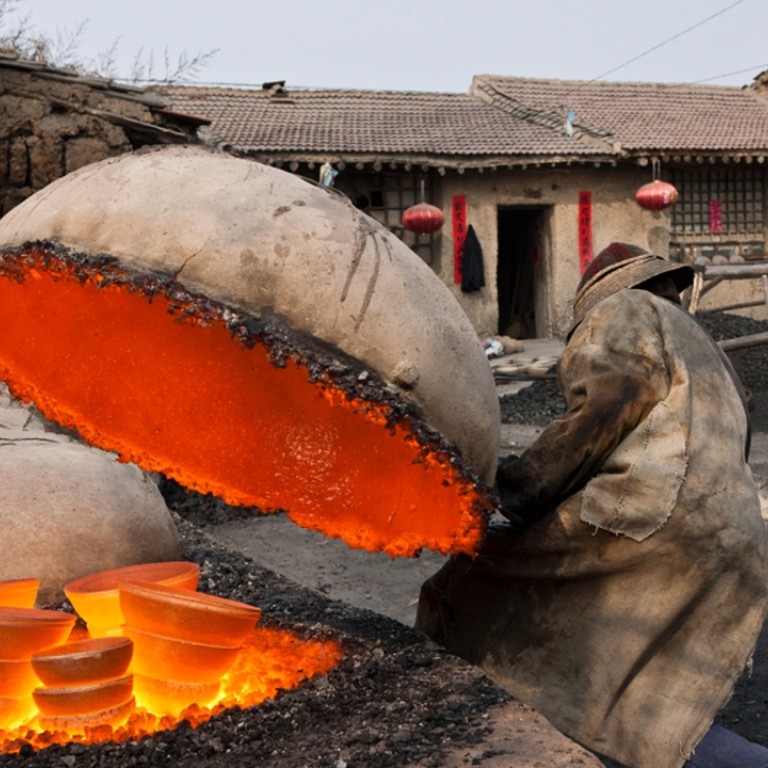
This is what’s making iron ore prices even worse
Iron ore prices, traditionally influenced primarily by demand and supply factors in the physical market, are showing signs of becoming “financialised” as paper trading increasingly plays a part in driving prices.
“Iron ore prices are being pressured by declining Chinese equities and a depreciating [yuan],” Citi’s analysts said in a report. “Macroeconomic developments and financial market positioning are increasingly impacting iron ore prices as paper trading grows, leading iron ore to more resemble copper, oil and other financialised commodities.”
Canadian brokerage RBC Capital Markets’ analysts also noted that concerns over the yuan’s devaluation and the recent decline in the Chinese stock market has eroded sentiment, while tight credit has also dampened buying interest in iron ore.
“We expect weak steel fundamentals and global iron ore oversupply to continue to weigh on iron ore prices,” they added.
China consumes around 45 per cent of the world’s steel while some 69 per cent of global seaborne iron ore supply goes to the nation, which has ample but low-quality iron resource that is costly to process into usable output.
The price of iron ore with 62 per cent iron content delivered to mainland shores has fallen around 4 per cent since the start of the year to US$41.5 a tonne after bottoming around US$38.3 on December 11. It declined over 40 per cent over the course of last year.
RBC’s analysts forecast this year’s average price to fall 21.8 per cent to US$43 a tonne from last year, after plunging 43.3 per cent last year from 2014.
They forecast global seaborne supply to grow 4.1 per cent this year after rising 5.7 per cent last year, while demand is expected to shrink 1 per cent this year after doing the same last year.
While demand is projected to return to positive growth rates of 2 to 3 per cent between next year and 2019, they are expected to be outpaced by supply growth throughout the period.
This means output reduction pressure for non-seaborne supply, much of it from mines in China, will not relent in the next few years.
Capacity utilisation of the nation’s large iron ore mines has fallen to around 55 per cent from 70 per cent last June, while that of small and medium-sized ones dropped below 10 per cent from 20 per cent, according to consultancy Mysteel’s data cited by RBC.

China’s steel production is projected by RBC to fall for a second consecutive year by 2.5 per cent this year, after a 1.5 per cent decline last year.
The rate of decline of the nation’s steel demand this year is expected to match that of production as more mills close. This implies net export will be relatively flat this year after surging substantially last year, triggering the erection of more trade barriers from importing nations.
Citi’s analysts earlier this month slashed their average iron ore price forecast for this year to US$35 a tonne from US$40, citing “strong cost deflation,” and increasing trading of iron ore in the financial markets that are not necessarily backed by physical demand and supply.
Helped by the weaker Australian dollar, Fortescue Metals Group, the world’s fourth largest iron ore exporter, last week said it has reached its cost reduction target six months earlier than planned. Cash production cost – excluding non-cash costs like assets depreciation – has fallen to US$15.8 a tonne in last year’s fourth quarter from US$25.9 in last year’s first quarter and US$35 in the first quarter of 2014.
I

